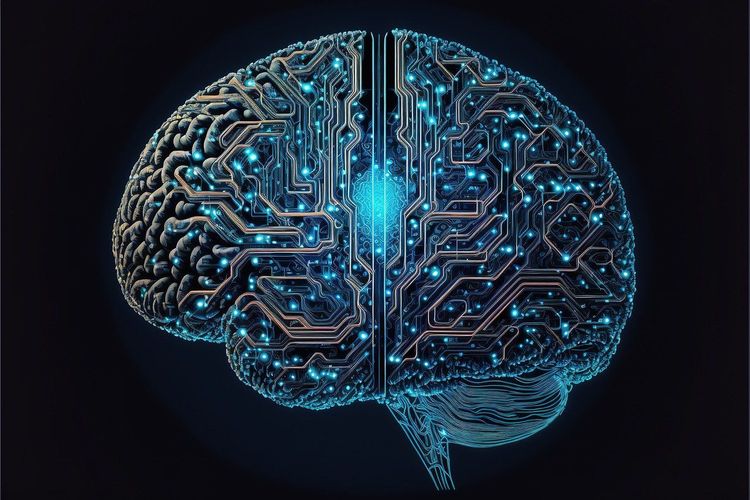Just a year ago, I predicted that 2023 would be the year of large language models (LLMs). With contenders like Llama 2, Claude, and Cohere emerging as formidable rivals to OpenAI, the landscape of AI innovation has expanded immensely, albeit not without challenges. As we look ahead to 2024, what can we expect for the future of AI?
The upcoming year promises the application of advanced AI in innovative and creative ways, driving significant advancements across various industries. However, there are also concerns regarding the misuse of AI by malicious actors. While the future remains uncertain, one thing is clear: the developments in AI during 2024 will profoundly impact our work and, more importantly, our daily lives.
The Rise of AI Agents
AI development is increasingly focusing on AI agents—intelligent, adaptable tools poised to revolutionize multiple sectors. As discussed after the recent OpenAI DevDay, we have only begun to scratch the surface of their potential. The ReAct paper published earlier this year highlighted how LLMs can learn to utilize tools effectively, igniting further research and application in this area. Companies like OpenAI and Anthropic have refined their models to enhance compatibility with this approach, and institutions like Berkeley have developed specialized LLMs, such as Gorilla LLM. Open-source libraries like Langchain and Rivet have also simplified the implementation of these techniques.
With these advancements, developing AI agents is now more accessible and affordable than ever. They elevate human creativity and resourcefulness by integrating deeply with relevant data, setting the stage for what I believe will be known as the "age of agents" in 2024—a pivotal shift in how we leverage software and engage with technology.
Raising Customer Expectations
As we embrace intelligent agents, user and customer expectations will significantly evolve. Consumers will seek a new level of responsiveness and interaction with technology, shifting their perspective from viewing tools as mere utilities to seeing them as collaborative partners.
Technological breakthroughs often reshape user expectations. The launch of the iPhone, for instance, raised the bar for mobile device interaction, while the rise of consumer-friendly cloud apps prompted enterprise users to demand similar simplicity from work tools.
As AI tools, especially AI assistants, become more integrated into daily life, users will expect smart, intuitive responses in both professional and personal contexts. Unlike incremental improvements, these agents will introduce entirely new capabilities, empowering users to achieve more.
AI assistants, such as Microsoft Copilot and Google Duet, can draft documents, summarize emails, and create presentations, transforming creative and analytical processes. Companies that lag in integrating these tools risk alienating their customers.
Breaking Through the Vision Barrier
ChatGPT's proficiency in natural language processing marked a significant breakthrough, but the forthcoming advancements in AI vision may prove even more transformative. The ability of LLMs to process both text and visual data is redefining their capabilities, with OpenAI's GPT-4 and Google's Gemini leading the charge.
While words are influential, images can convey complex ideas and emotions more powerfully. Developing wearable devices that enhance our daily lives—providing insights on interactions, offering visual cues for tasks, and suggesting real-time solutions—is just the beginning of this evolution.
The speed and direction of innovation remain uncertain, but the capability of intelligent AI agents to interpret images and react to environmental changes is set to enrich human-AI collaboration.
The Deepening Challenge of Misinformation
Consider this scenario: you receive a link from a friend, leading you to a bustling social network filled with familiar faces and conversations. However, amidst this interaction, everything could be fabricated. The proliferation of misinformation has always been a challenge, but the rise of AI-generated content complicates our ability to discern reality from deception.
Never before has technology been so readily available to manipulate perceptions on a mass scale. AI makes it increasingly difficult to distinguish genuine social interactions from machine-generated content. With the potential for anyone to produce convincing fake imagery and videos, the consequences of AI-driven manipulation—ranging from automated fraud to the spread of conspiracy theories—could come to fruition in 2024.
As AI introduces remarkable innovations, it also presents new societal challenges. I remain optimistic about humanity's capacity to harness the benefits of this technology while navigating its risks. Although the adaptation process may be tumultuous, I believe we will ultimately find our way.
Cai GoGwilt is co-founder and chief architect of Ironclad.







